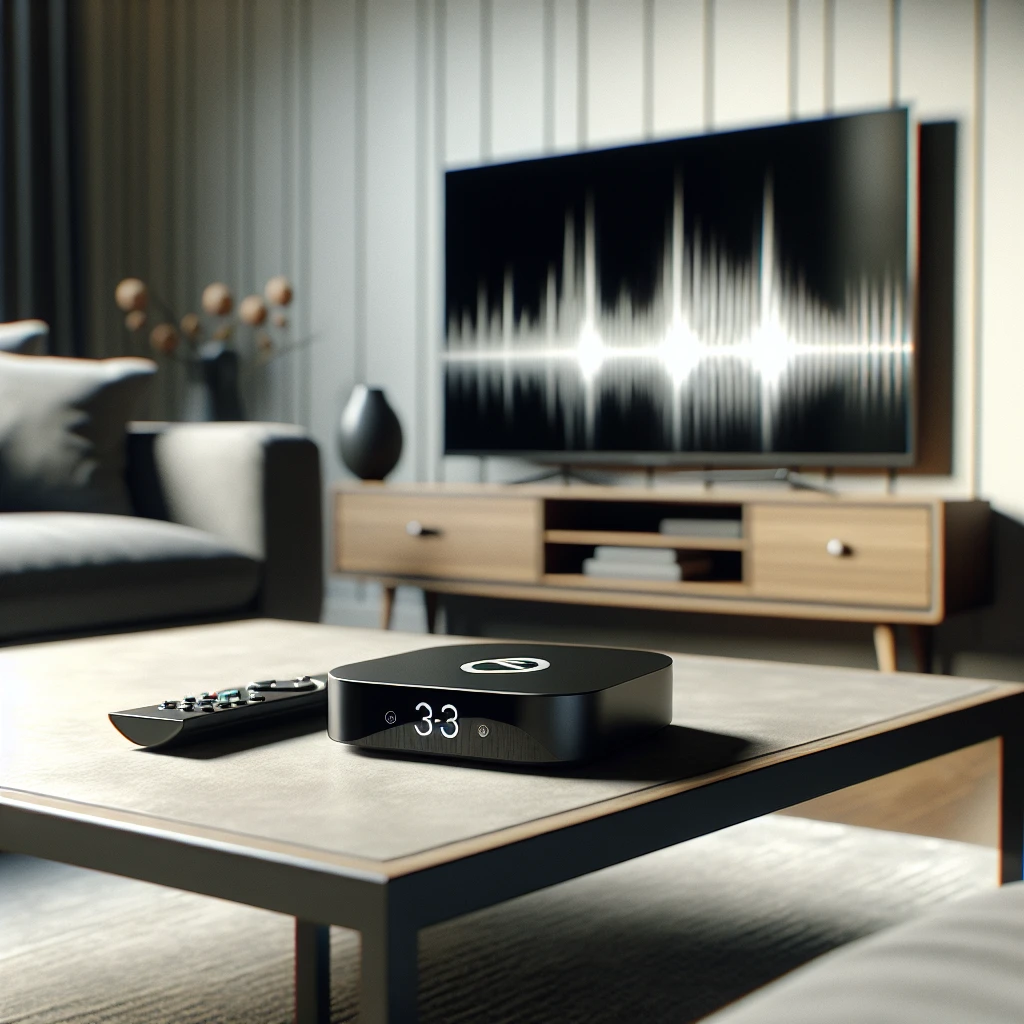Introduction
The technological landscape is evolving rapidly, and one of the most significant advancements is the integration of hearing-aid pairing standards into streaming boxes for living room audio. This development not only caters to a growing demographic of individuals with hearing impairments but also enhances the overall audio experience for everyone. In this article, we will explore the historical context, current trends, benefits and drawbacks, and future predictions related to this evolution in home entertainment.
Historical Context
For decades, the world of audio and visual entertainment has grown exponentially, with innovations such as surround sound, high-definition video, and smart technology transforming the way we consume media. However, the needs of individuals with hearing loss have often been sidelined in these advancements. Traditional audio systems typically lacked compatibility with hearing aids, creating barriers for many to enjoy movies, music, and television shows fully.
In recent years, however, there has been a notable push towards inclusivity in technology. Organizations advocating for the rights of the hearing impaired have worked alongside tech companies to develop standards that promote accessibility. The latest development in this movement is the introduction of hearing-aid pairing standards in streaming boxes, which allows users to connect their devices seamlessly to their hearing aids.
Current Trends in Streaming Boxes
- Increased Focus on Accessibility: Tech companies are prioritizing accessibility features, ensuring that their products cater to all users, including those with hearing impairments.
- Integration with Smart Home Systems: Many streaming boxes now serve as central hubs for smart home devices, promoting an interconnected and user-friendly environment.
- Enhanced Audio Quality: Advances in audio technology are providing richer soundscapes, which can further elevate the viewing experience for everyone.
Benefits of Hearing-Aid Pairing Standards
1. Improved Accessibility
The primary advantage of hearing-aid pairing standards in streaming boxes is the enhanced accessibility they provide. By allowing users to connect their hearing aids directly to the streaming box, they can enjoy clear audio without the need for additional equipment. This direct connection can significantly improve the clarity of dialogue in movies and shows, making it easier for users to follow along without straining.
2. Enhanced Audio Experience
With the integration of hearing aids into the streaming system, users can customize audio settings to suit their preferences. Many modern hearing aids offer various sound profiles, allowing users to adjust the audio to their liking. This personal touch can lead to a more enjoyable viewing experience, as users can tailor the audio output to meet their specific needs.
3. User-Friendly Setup
Streaming boxes that support hearing-aid pairing are designed with user-friendliness in mind. The setup process is typically straightforward, requiring minimal technical knowledge. Once paired, users can easily switch between different audio sources, allowing for a seamless transition between streaming content and other media.
4. Social Inclusion
Pairing hearing aids with streaming boxes fosters a sense of inclusion in social settings. Friends and family can gather around the television without worrying about whether everyone can hear the audio. This fosters a more communal experience and strengthens bonds among viewers.
Challenges and Drawbacks
1. Compatibility Issues
One of the significant challenges associated with hearing-aid pairing standards is compatibility. Not all hearing aids are designed to connect with every streaming box. Users may face frustration when their device fails to pair, leading to a less-than-optimal experience.
2. Technical Difficulties
Though setup is generally user-friendly, some users may encounter technical difficulties during the pairing process. Issues such as software glitches or connectivity problems can hinder the experience, particularly for those who may not be tech-savvy.
3. Cost Considerations
Streaming boxes equipped with hearing-aid pairing standards may come at a premium price. For individuals on a budget, the cost of upgrading may not be feasible, which could limit access to these advanced features.
Future Predictions
As technology continues to advance, we can expect to see further integration of hearing-aid pairing standards into various audio and visual devices. Here are some predictions for the future:
- Wider Adoption Across Devices: Manufacturers will likely expand compatibility to a broader range of hearing aids and streaming boxes, ensuring that more users can benefit from these features.
- Personalized Audio Experiences: With advancements in artificial intelligence and machine learning, streaming boxes may offer even more personalized audio settings based on users’ hearing profiles.
- Increased Collaboration: Tech companies and hearing aid manufacturers may collaborate more closely to create devices that meet the needs of consumers more effectively.
- Enhanced User Support: As the technology evolves, manufacturers may invest in better customer support and educational resources to assist users in maximizing their audio experiences.
Real Examples and Cultural Relevance
Companies like Apple and Google have already made strides in integrating accessibility features into their platforms, setting a precedent for others in the industry. Apple’s streaming devices, for instance, support direct audio streaming to compatible hearing aids, providing users with an exceptional listening experience.
Culturally, the shift towards inclusivity in technology reflects a broader societal change where accessibility is no longer an afterthought. As awareness of hearing loss and its impact on individuals grows, the demand for inclusive technology will likely increase.
Conclusion
In conclusion, the introduction of hearing-aid pairing standards in streaming boxes marks a significant advancement in making living room audio more accessible and enjoyable for everyone. While challenges remain, the benefits far outweigh the drawbacks. As technology continues to evolve, it is essential for manufacturers to prioritize accessibility, ensuring that all users can enjoy the rich audio experiences that streaming platforms offer. By fostering inclusivity in technology, we pave the way for a more connected and harmonious society.
